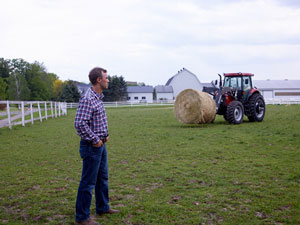
 In a photographer’s perfect world, the lighting would always do what we need it to do. Even if we don’t live in this utopia, there are a few tricks we can use to make lighting work to our advantage.
In a photographer’s perfect world, the lighting would always do what we need it to do. Even if we don’t live in this utopia, there are a few tricks we can use to make lighting work to our advantage.
Light in photography is not as constant or consistent as you might think. Even natural sunlight can be dominated by different shades of the light spectrum – midday is typically “cooler”, with the blue portion of the colour spectrum taking precedent, whereas sunrise and sunset tend to be “warmer” with the red tones dominating. With artificial lighting, the type of bulbs used can also affect the colour of your photography. Incandescent light is often captured on camera with a yellow tone, and florescent light tends to cause a green tint in photos. A photographer can combat this tint in two ways. One method is to just shoot with available light and colour balance later on the computer. If you’re using additional lighting you will have to filter your lights to colour match with the available light. Use a full CTO filter for incandescent and a 30cc green for florescent on your lights.
In our own photography studio, we have a lot of control over the lighting, and the colour the light produces. When we’re shooting under different coloured lighting conditions, we filter our strobes to colour balance the lights to match the look we are going for. We can also use colour filters on the lights to add sunlight outside or make it feel like night time with orange and blue gels. Gels can also help to get rid of unwanted colour tones created by artificial lighting and create a totally different look.
Every photo shoot has a different style and colour, lighting can help to create that style. Experiment with different types of lighting and gels to find what works best for you and the subjects you’re shooting. Check out our Lifestyle Photography Portfolio for more examples.







